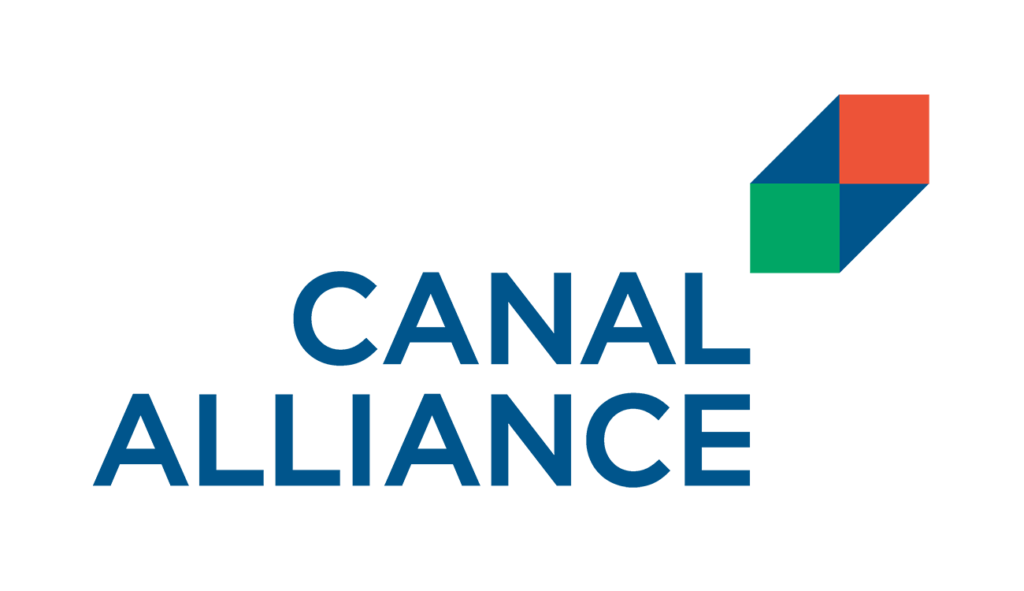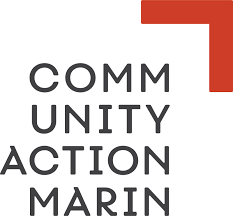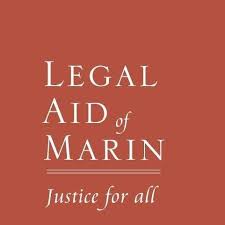Latinos and the Pandemic
In partnership with Stephanie Haffner, Executive Director at Legal Aid of Marin, and Chandra Alexandre, Chief Executive Officer at Community Action Marin, Omar Carrera, Chief Executive Officer at Canal Alliance wrote an urgent letter to local elected officials calling for a strong and much-needed response to the devastating effects the pandemic continues to have on Latinos in Marin County and in California.
Latinos across California are suffering disproportionately from the impact of the COVID-19 pandemic, at alarming rates, including high rates of co-morbidity and mortality. The context and characteristics of the Latino community in Marin County complicates our ability to fully understand the dynamics involved in these disparities as well as the necessary actions needed to effectively address these conditions. In order to develop effective solutions, deploy the appropriate resources, and involve the relevant agencies and entities, we need an assessment to provide a comprehensive analysis of what happened and what the solutions are.
In the current coronavirus pandemic, Marin County has the largest disparity by race in the Bay Area among COVID-19 positive individuals. While Latinos are just 16% of the population, they account for approximately 80% of coronavirus cases.
The majority of adults in our Latino communities work in essential industries and sectors, and as such, our resilience and recovery will rely on their well-being and ability to weather the health and economic impacts of the pandemic.
Canal Alliance’s organizational values of championing immigrants, striving for justice and respecting everyone provides the foundation to be community leaders, and to support our families, friends, and neighbors.
Problem Statement
Latinos make up 16% of Marin County’s population, but account for almost 80% of coronavirus cases the largest racial disparity of any Bay Area County. Over half of Marin County’s cases are concentrated in the Canal. The Canal has a positivity rate of 20% — roughly three times higher than Marin County’s average.
The socioeconomic factors that put Latinos at greater risk include lack of access to healthcare, low income, the inability to stop working, preexisting health conditions, and the dense living conditions. The local community support network is overextended: “Over the past few weeks, all of the Canal food pantries have seen an increase of at least three times the usual number of participants.”
An estimated “14,000 to 15,000 undocumented people live in Marin” meaning that “thousands of people … are not eligible for federal financial programs.” Even when eligible, many are too afraid to risk seeking help, fearing deportation or the risk of losing the opportunity for immigration status in the future.
Policy Recommendation
Given the clustering of so many of the county’s cases in the Canal District, we strongly urge County and City leaders to begin by first declaring a state of emergency for the neighborhood. This will allow for coordinated, expedited implementation of critically needed policies to get the outbreak under control. It will also help to provide the necessary support for recovery and stability. This crisis requires a collaborative effort, and we believe that a task force created, guided, and supported by City and County elected officials will help us arrive at better outcomes. We want quick action to develop an understanding of the conditions in the Canal and to determine priorities for short, medium, and long-term actions that must be taken.


